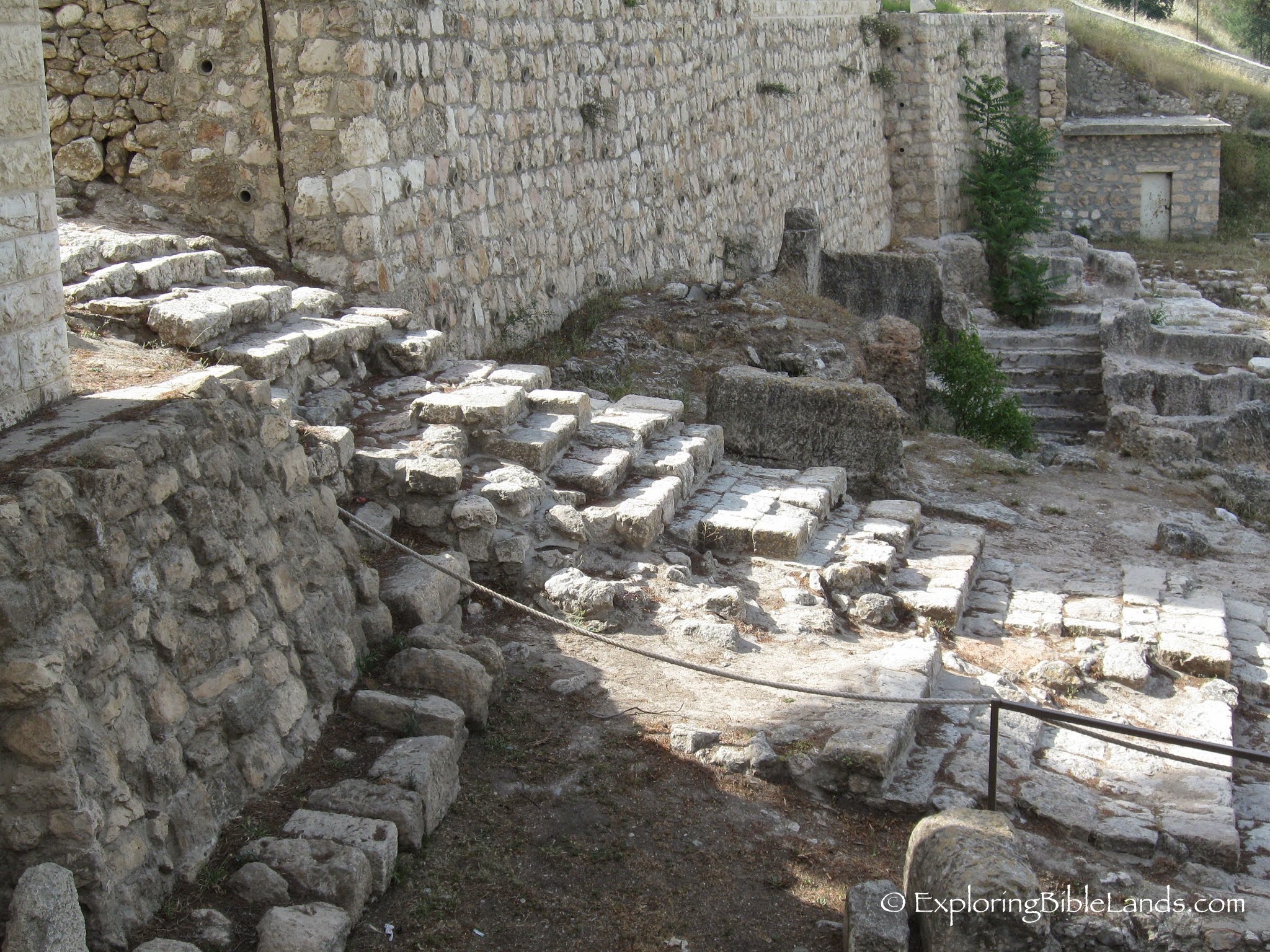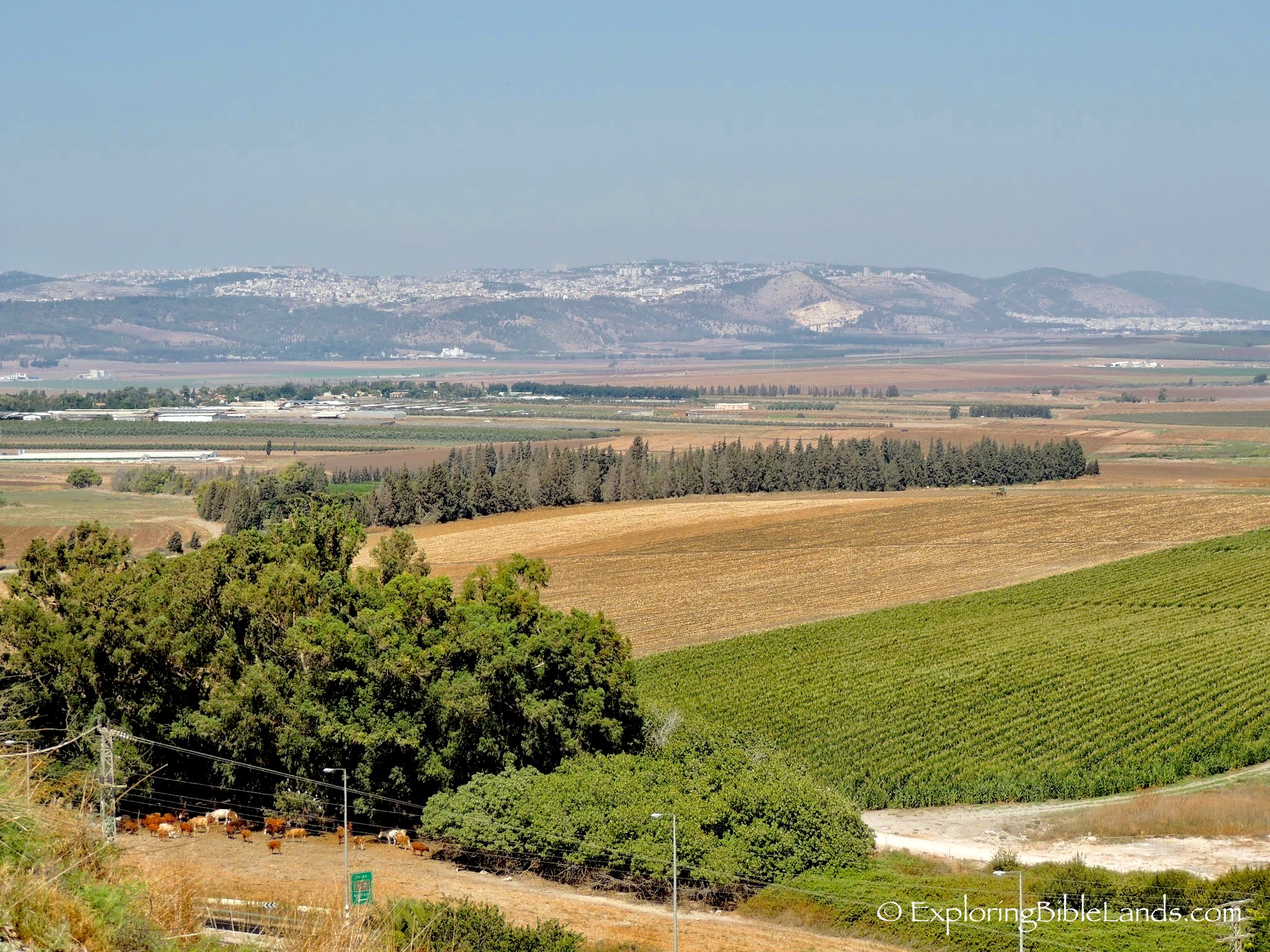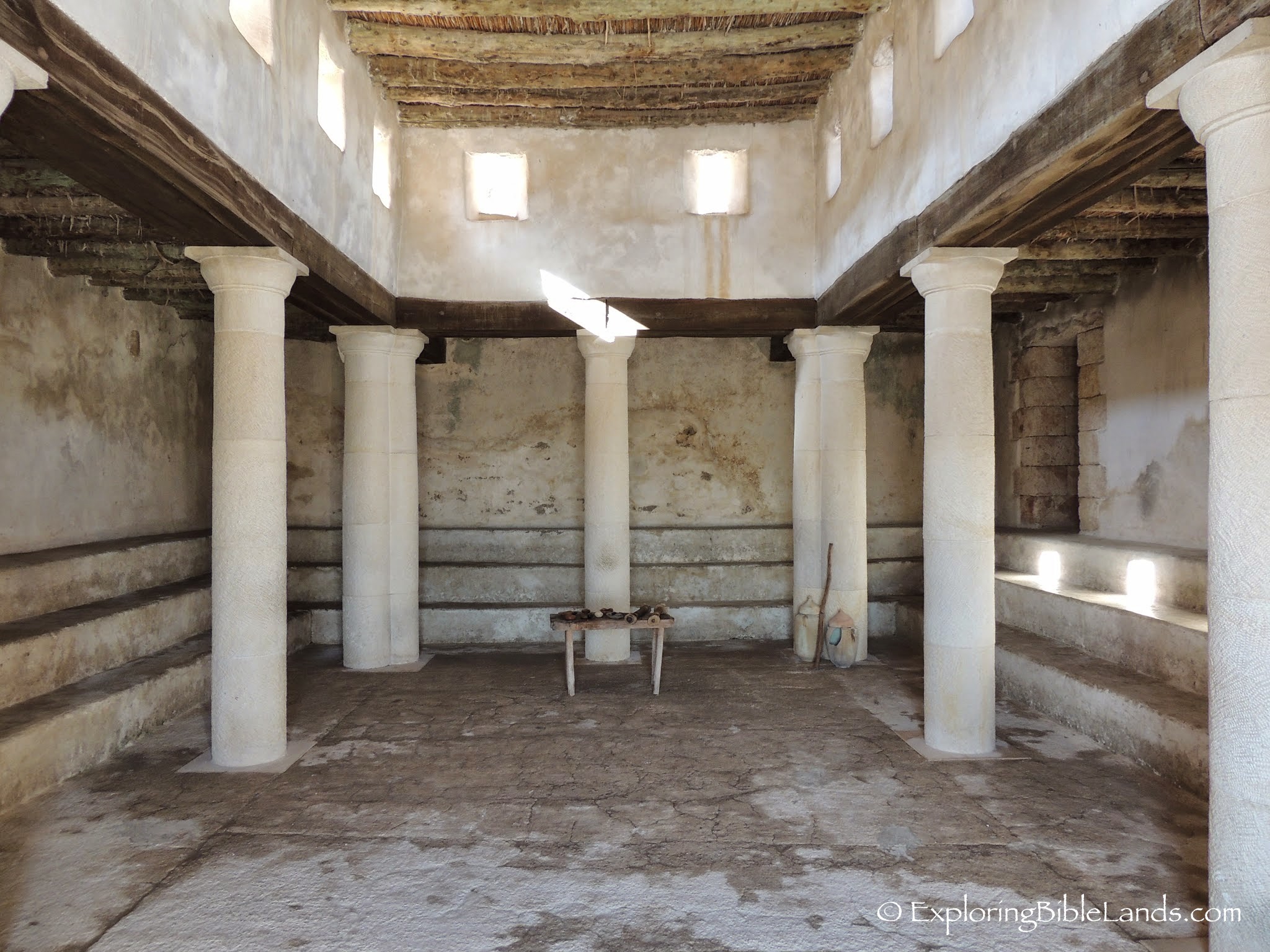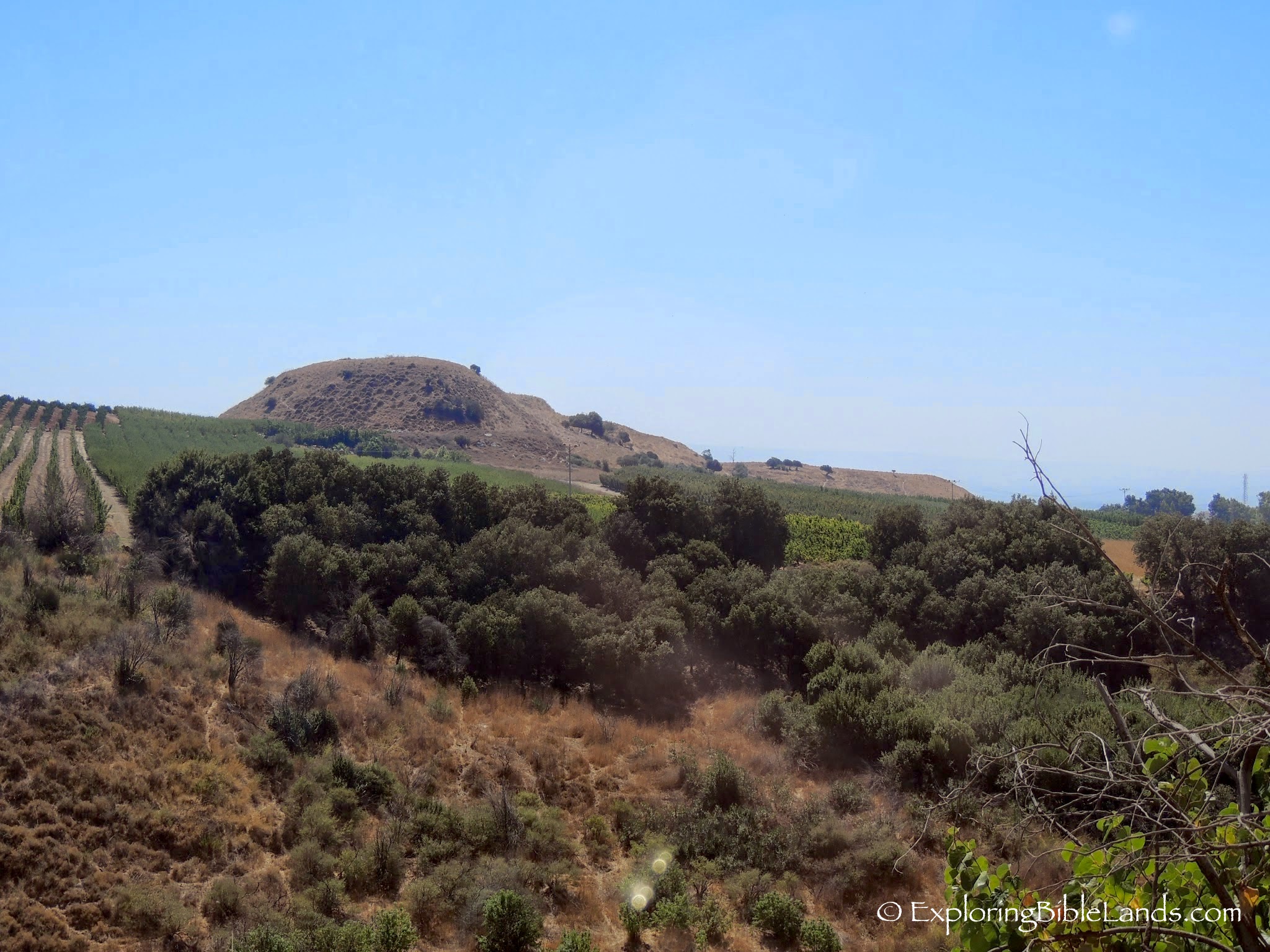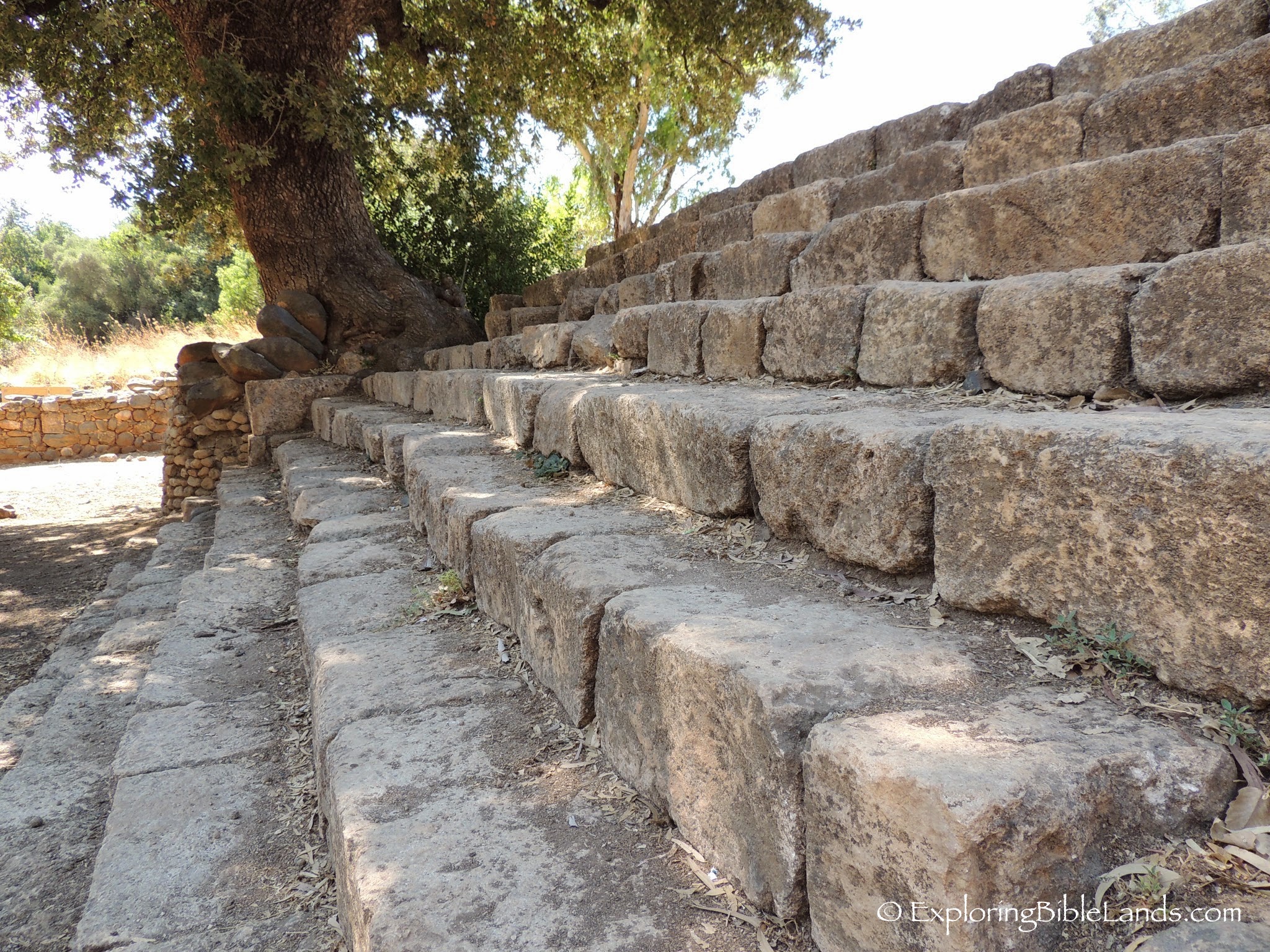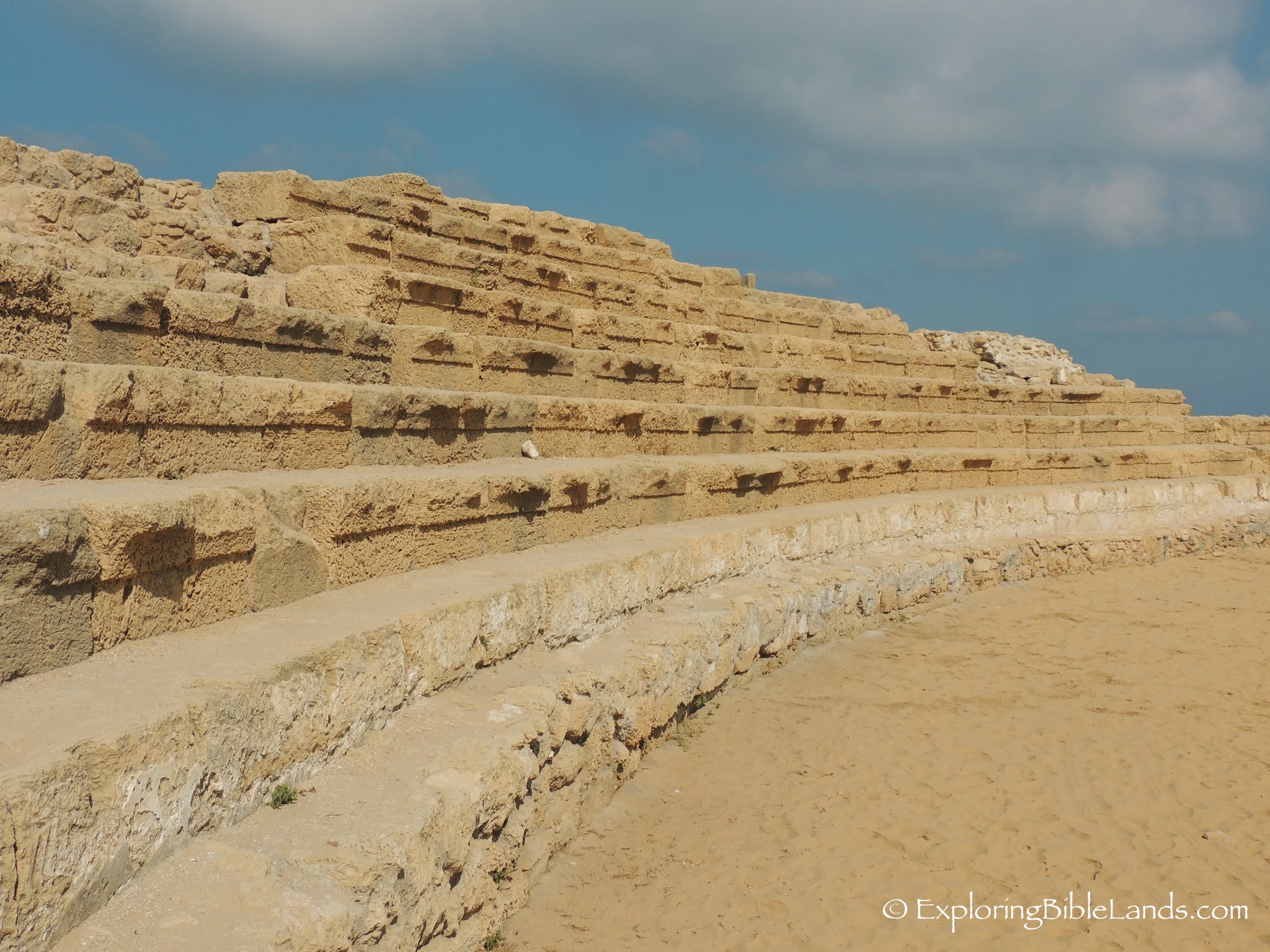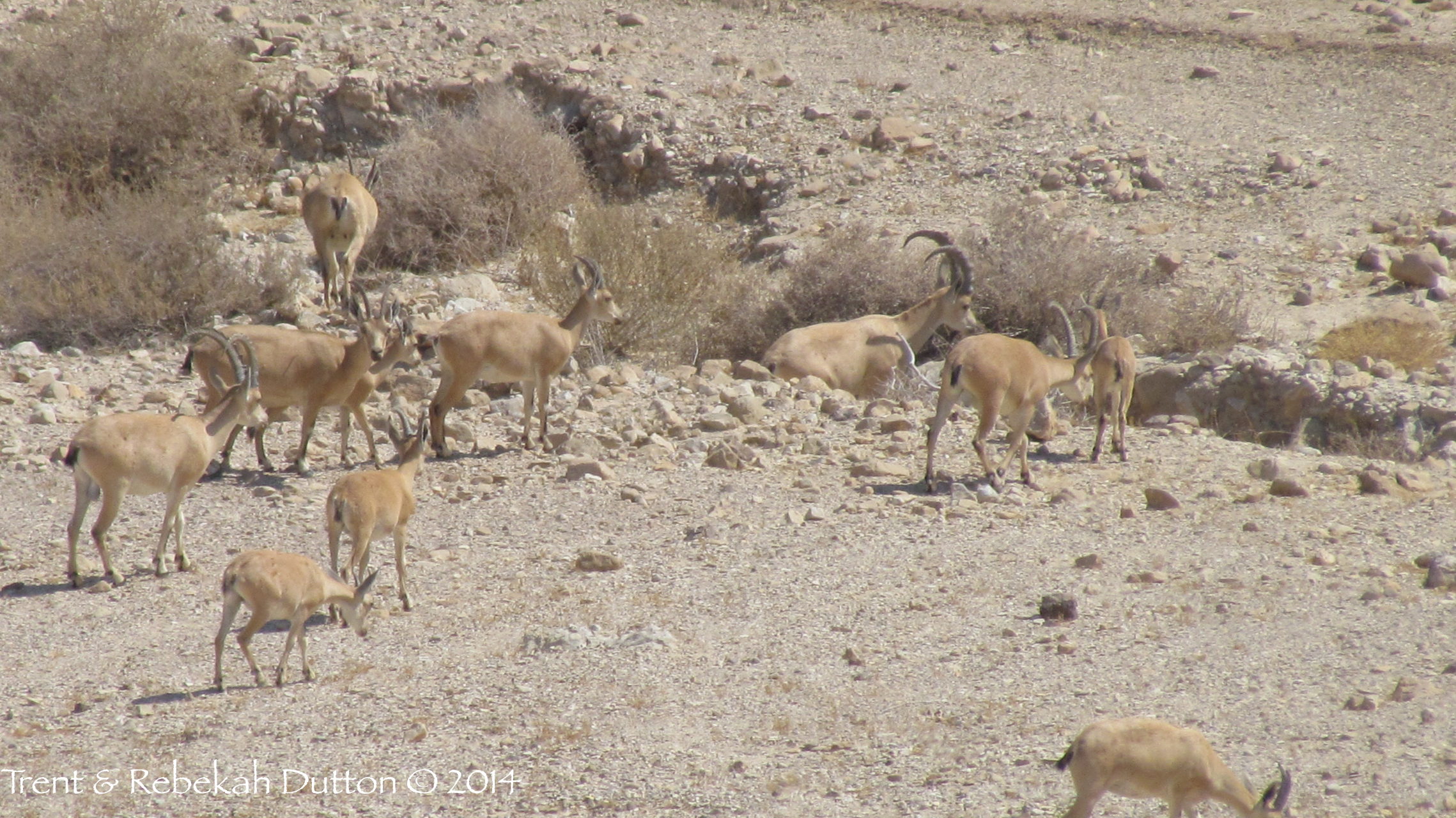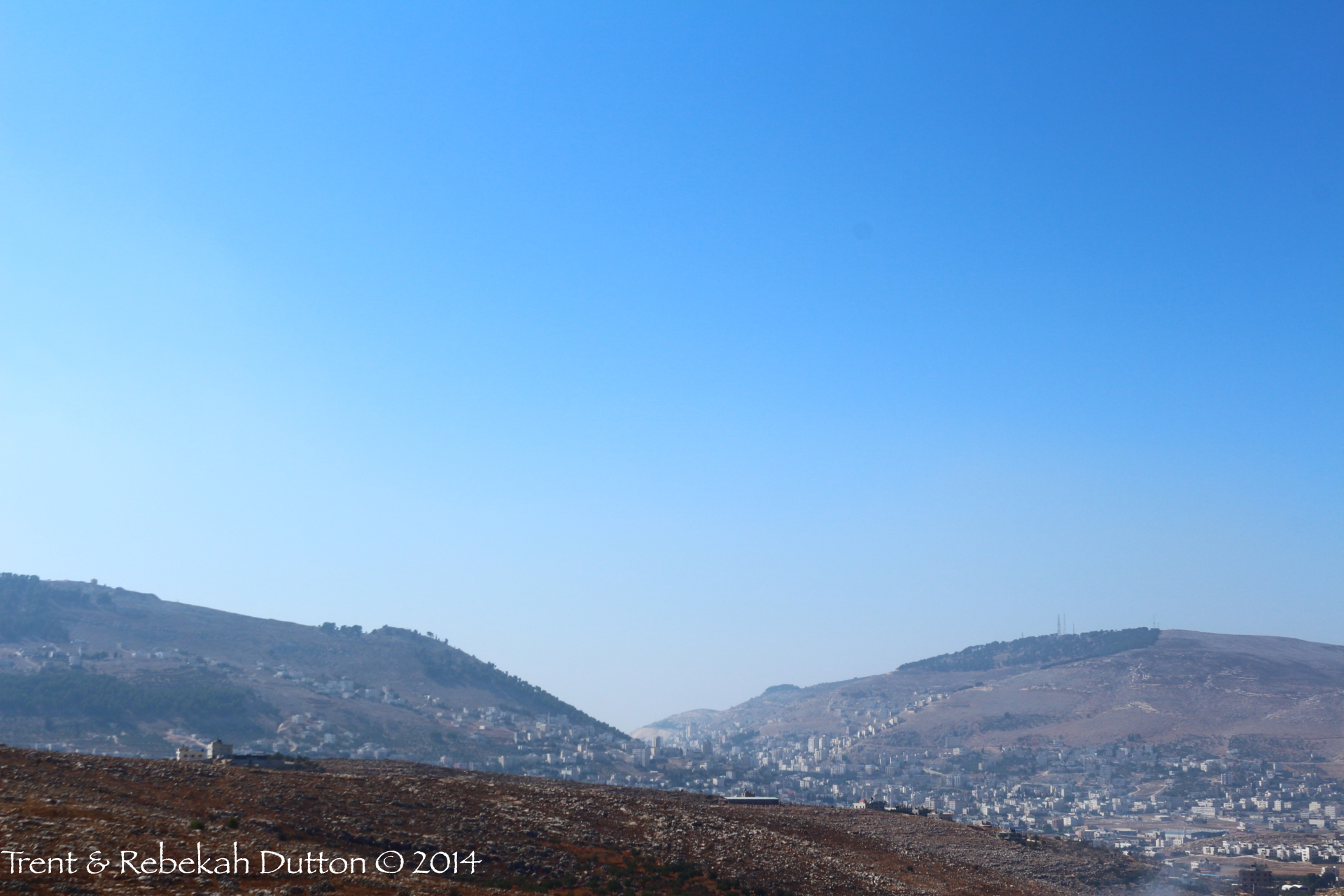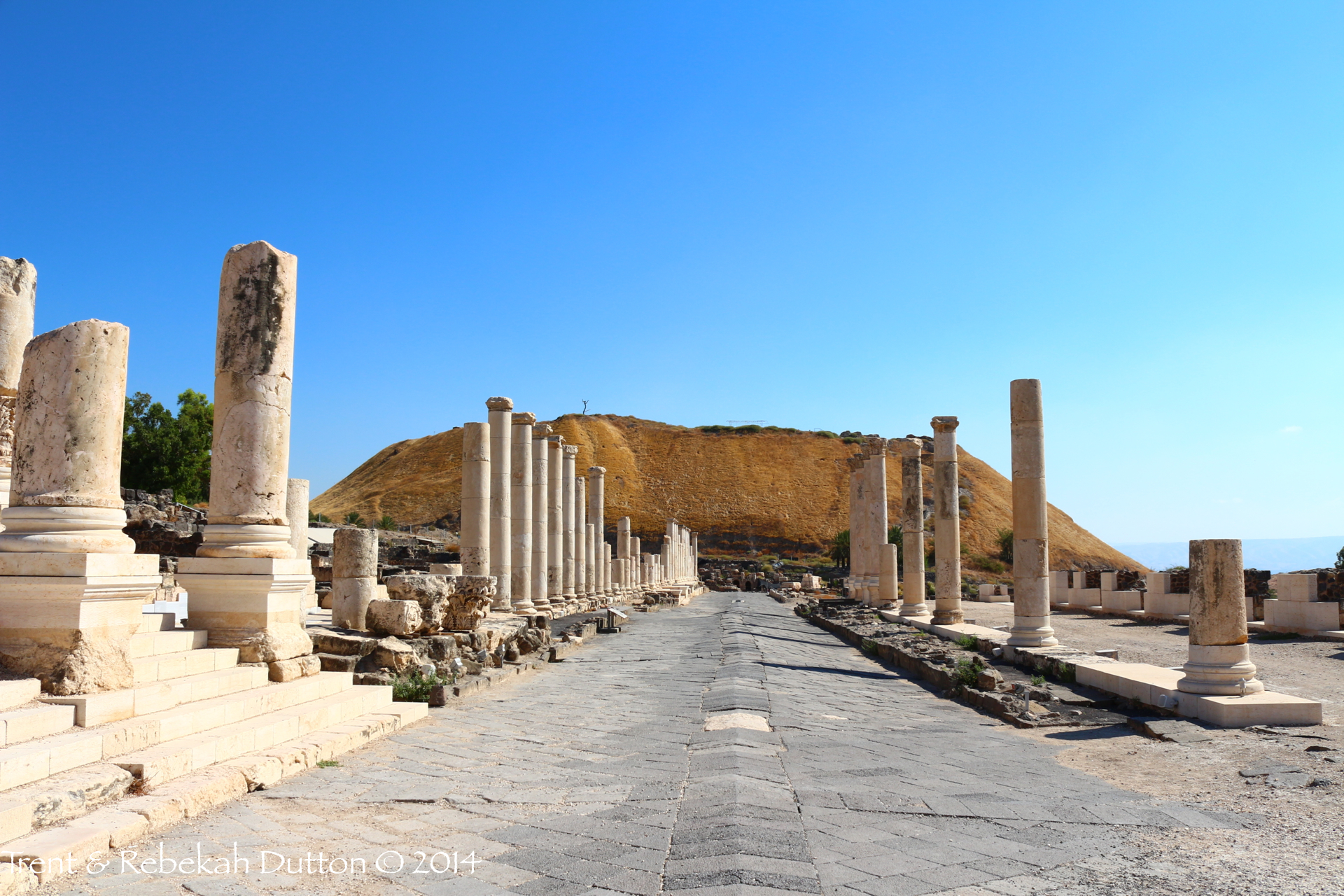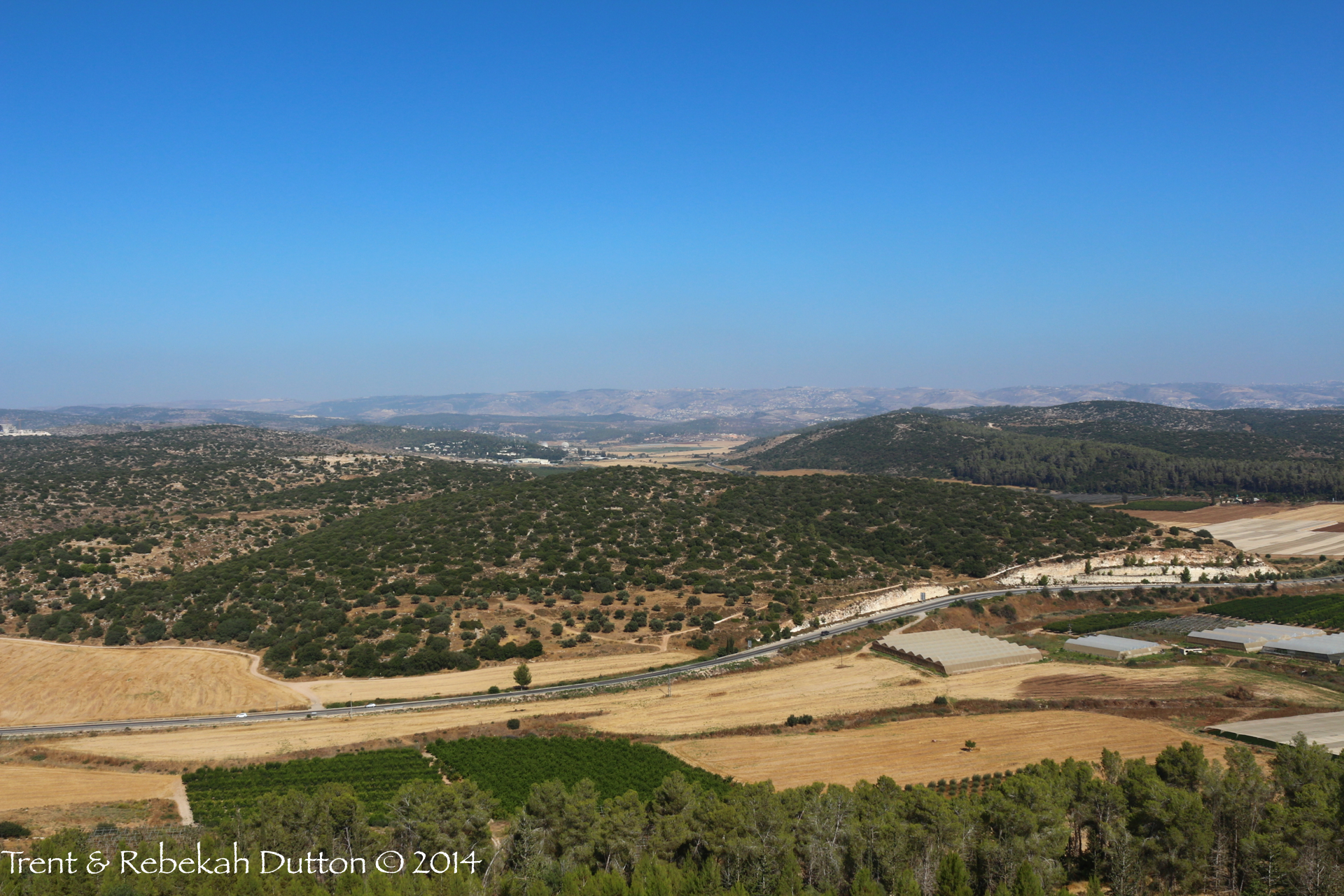 There is almost no down side to visiting Israel. For those of us who are students of Bible, it gives us the opportunity to actually see the locations that we have read about so many times. However, even being over there, it is easy to get a false impression. That is because we travel in nice, air-conditioned motor coaches and only on rare occasions leaving it for more than an hour.
There is almost no down side to visiting Israel. For those of us who are students of Bible, it gives us the opportunity to actually see the locations that we have read about so many times. However, even being over there, it is easy to get a false impression. That is because we travel in nice, air-conditioned motor coaches and only on rare occasions leaving it for more than an hour.
Obviously, that is not how the characters of the Bible experienced the land. They walked on it. Every hill and valley takes on a totally different perspective if you are crossing it on your own two feet.
Earlier today, I read a great article by Matthew Karsten. He recently walked part of the Israel National Trail (INT). (The pictures in this story are fantastic!) The INT winds its way over 600 miles from Eliat to Dan. It crosses deserts, wadis, mountains, valleys, plain and even walks along the coast. As you can tell from the article, the land of Israel varies greatly within such a small area.
In my dreams, I would love to hike the entire trail. However, reality sets in and I know that taking that much time to hike the trail will probably not be possible. But, I do have a goal of hiking the Jesus Trail. That trail is about 60 miles and goes from Nazareth to Capernaum. This is definitely on my "bucket list" and one that I will do at some time. (Let me know if you would like to join me!)
I have previously posted about different people hiking these trails. I encourage you to read "Walk the Land", written by Judith Pex. Her and her husband live in Eliat and hiked the entire Israel National Trail. Also, you should read Larry Haverstock's blog. He is a friend of mine that hiked the Jesus Trail a few years ago.
Both of these trails allow you to experience the land of Israel in the very same way that many of the Biblical characters experienced the land.
 Jonah was given an opportunity to do something for God. He was tasked with preaching to the people of Ninevah. He refused, ran the opposite way and boarded a ship to Tarshish.
Jonah was given an opportunity to do something for God. He was tasked with preaching to the people of Ninevah. He refused, ran the opposite way and boarded a ship to Tarshish.



